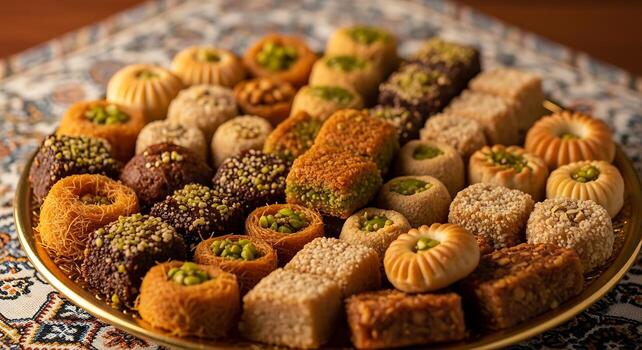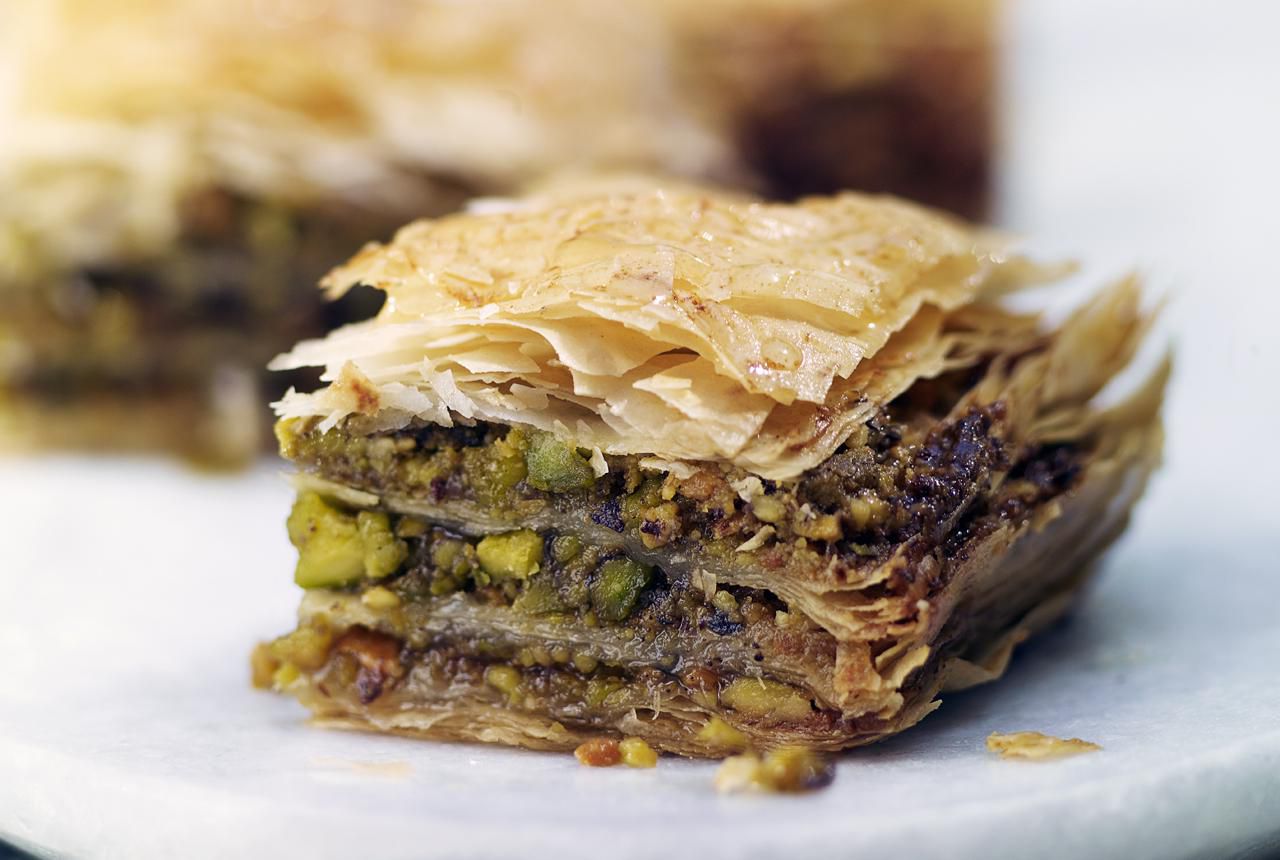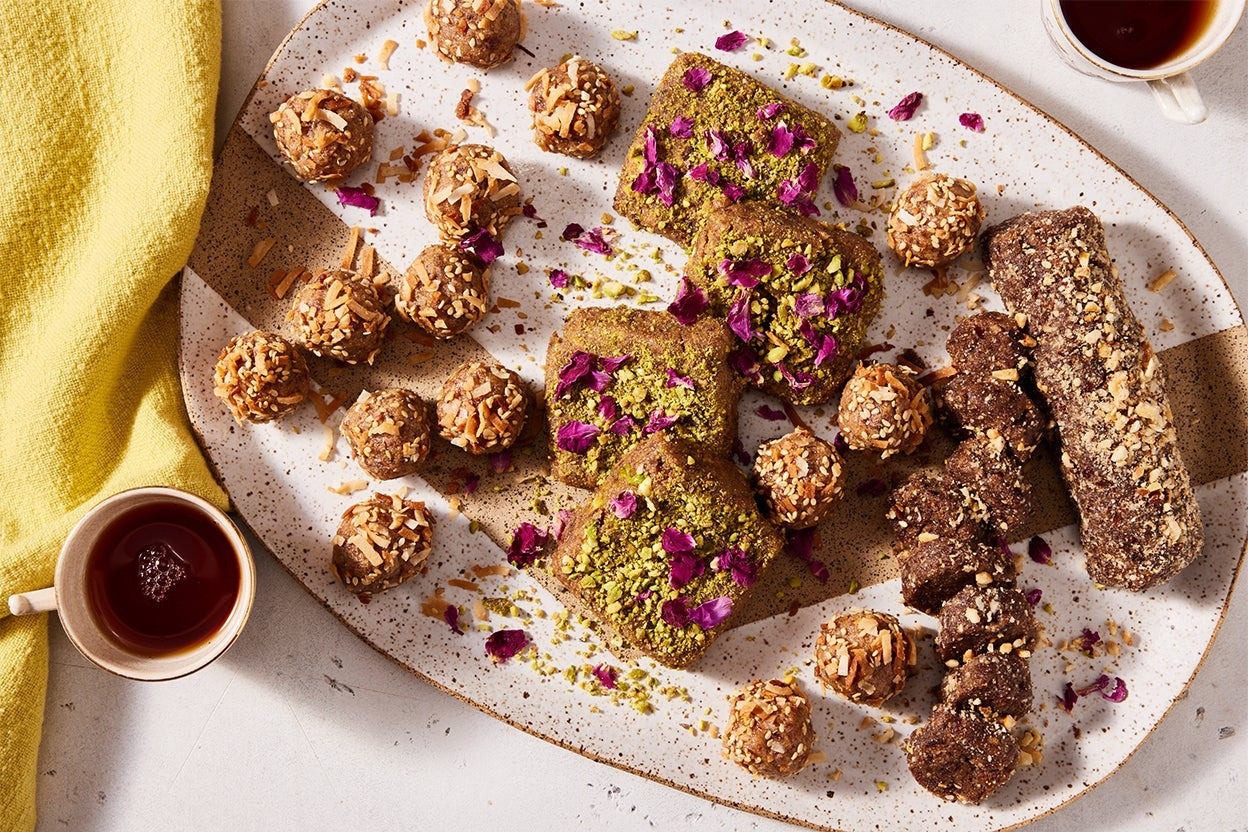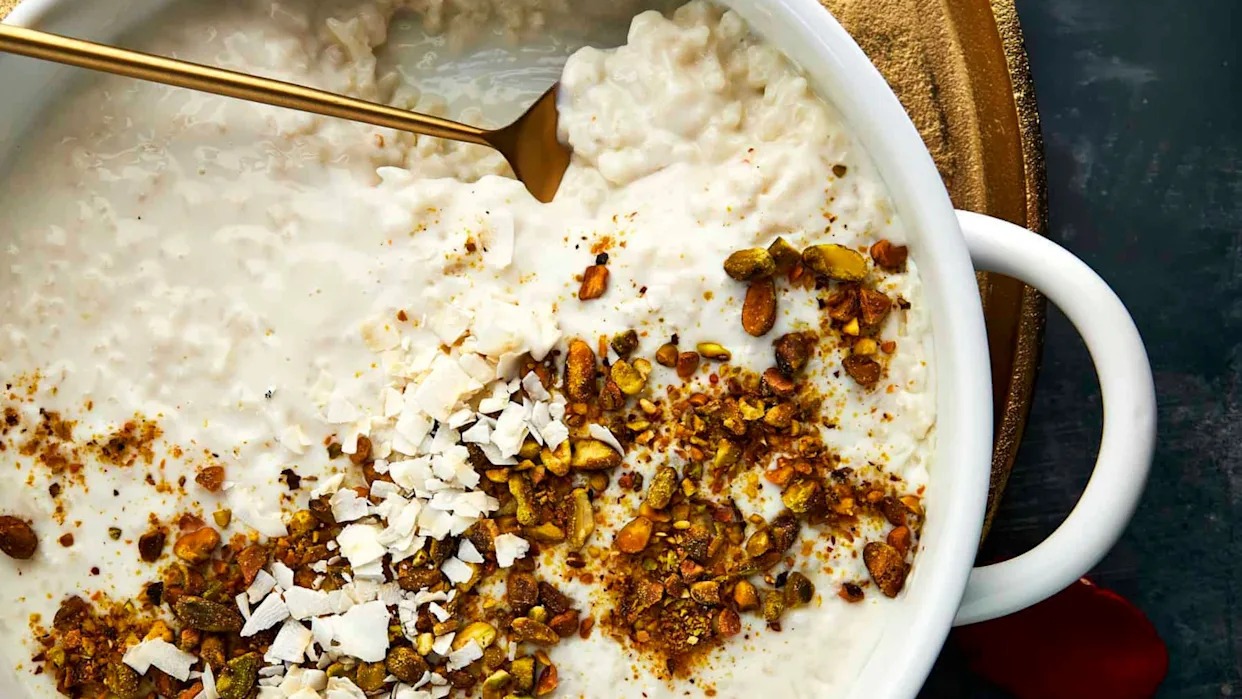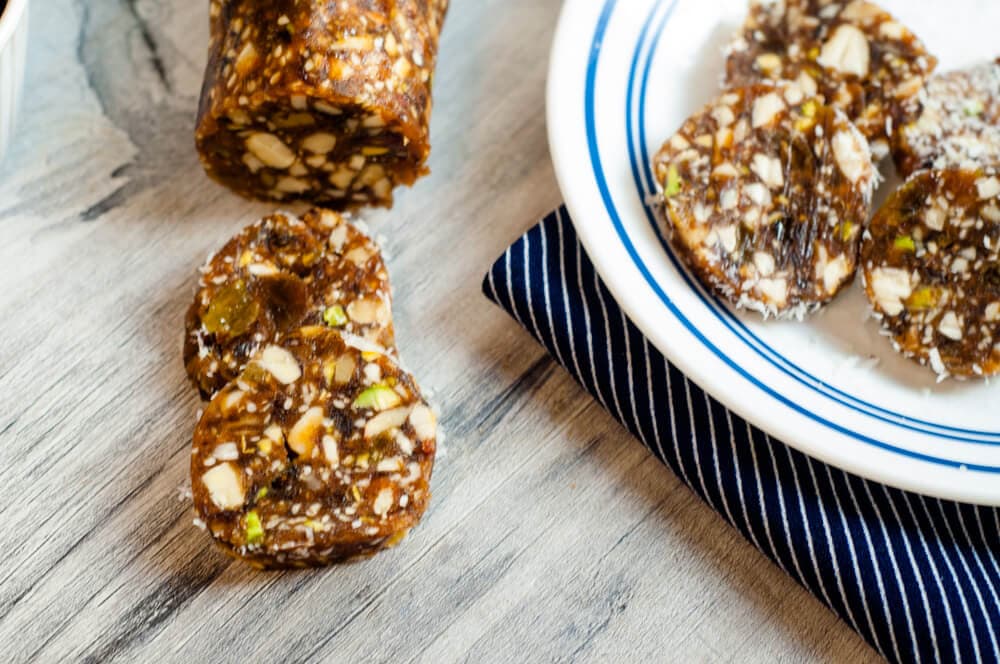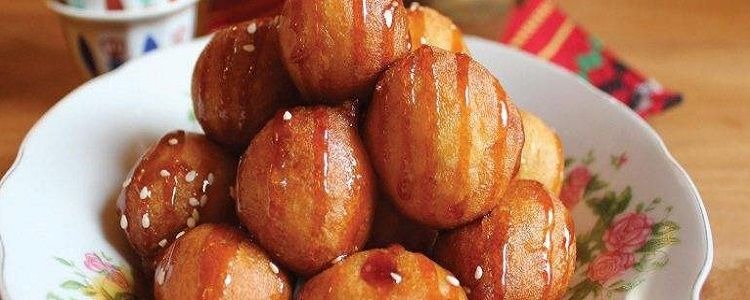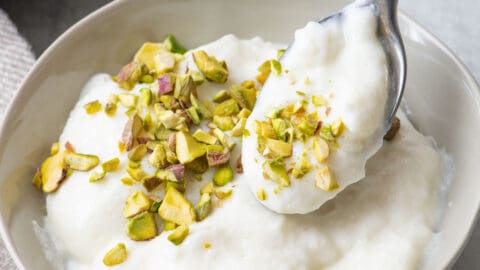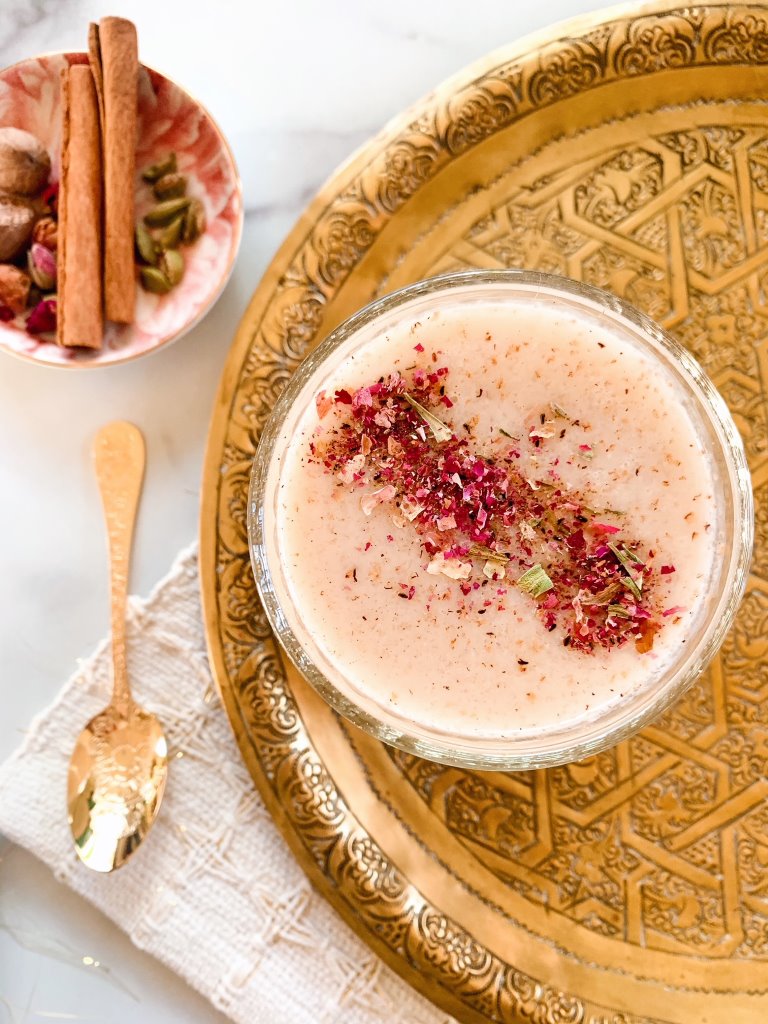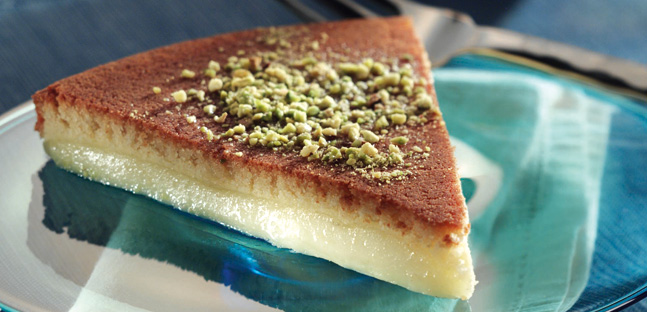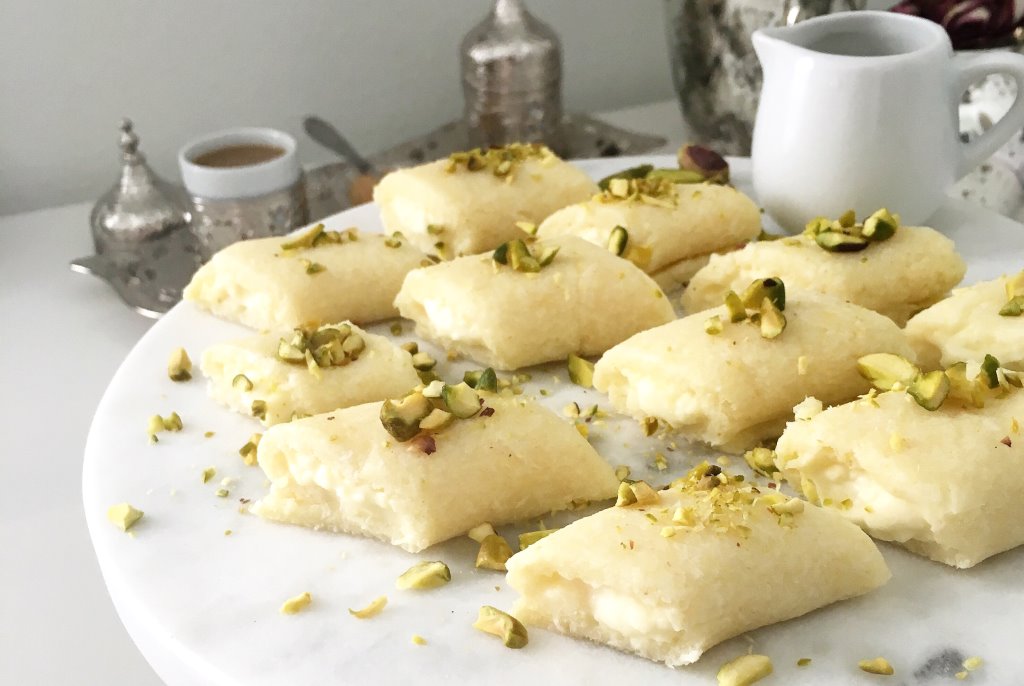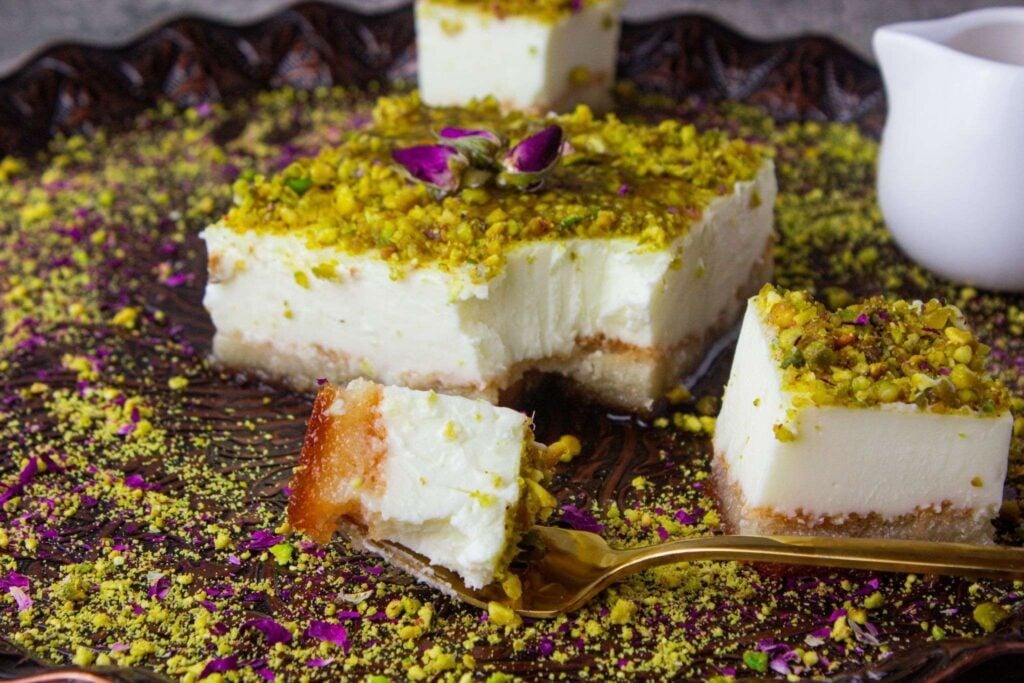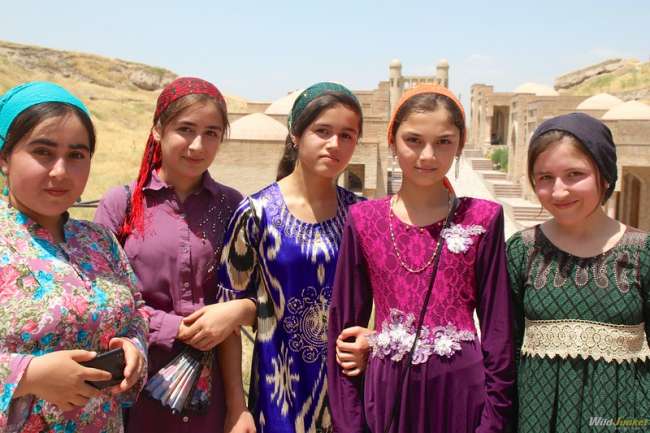Middle Eastern desserts have a warmth and personality that immediately draw you in. They’re the kind of sweets that feel homemade even when prepared by expert pastry chefs, because they’re rooted in traditions that go back centuries. The region’s desserts are filled with familiar ingredients — pistachios, walnuts, dates, semolina, rose water, honey, orange blossom — yet each country, and often each family, prepares them in a unique way. Across the Middle East, sweets are not just the end of a meal; they’re a symbol of celebration, hospitality, and togetherness. You’ll find them in bustling markets, small family bakeries, elegant cafés, and even roadside stalls where pastries are pulled fresh from ovens or fryers.
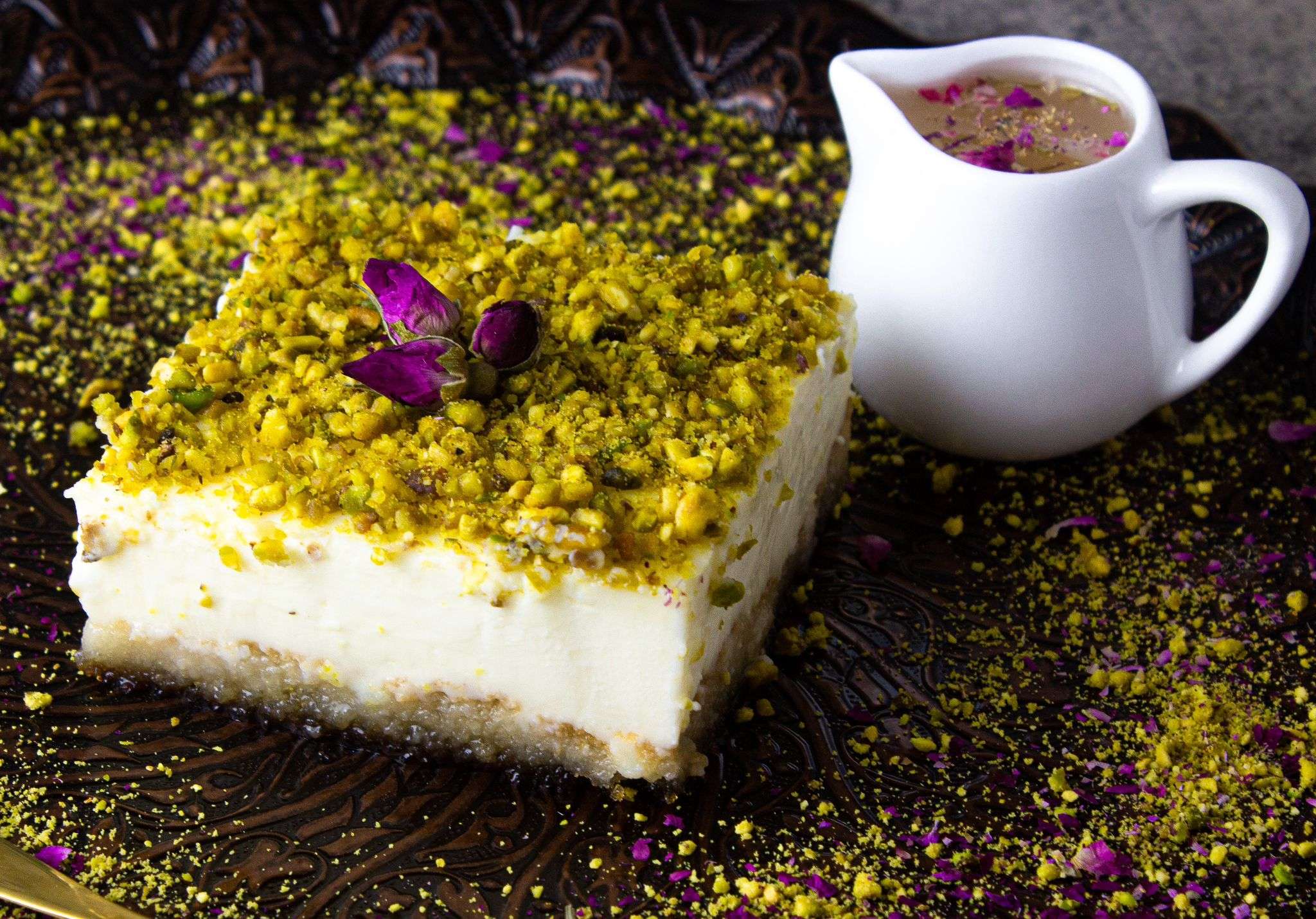
What makes Middle Eastern sweets so special is the range of textures and flavors. Some desserts are crispy and syrup-soaked, others soft and creamy, while many combine both in a single bite. There are desserts made for celebrations, like Eid or weddings, and others that appear on dinner tables throughout the year. Many treats are shaped by hand, pressed into molds, or layered with nuts and pastry in ways that reflect the artistry of generations. Even simple desserts, like warm milk puddings or semolina cakes, carry a sense of comfort that feels familiar whether you grew up with them or are tasting them for the first time.
Travelers often fall in love with these sweets because they’re not overly sugary — instead, they balance richness, fragrance, and texture in a way that feels satisfying without being heavy. The aroma of rose water drifting from a bakery, the sight of fresh kanafeh being cut and served hot, or the crunch of pistachios in a slice of baklava creates an experience that’s both cultural and delicious. Exploring Middle Eastern desserts is a journey through the region’s kitchens, histories, and celebrations, and trying the best of them gives you a true taste of its warmth and generosity.
Best Middle Eastern Desserts & Sweets
Baklava
Baklava is perhaps the most famous dessert in the Middle East, known for its delicate layers of thin pastry filled with chopped nuts and soaked in syrup. The pastry is baked until golden and crisp, then drenched in a sweet, fragrant syrup flavored with rose water or orange blossom. Different regions have their own versions — some make baklava lighter and crispier, while others create thicker layers with richer fillings. Pistachios are especially popular in places like Lebanon and Syria, while walnuts are common in other areas. The combination of crunch, sweetness, and subtle floral aroma makes baklava a dessert that people return to again and again.
Kanafeh
Kanafeh is a warm cheese-based dessert topped with crisp shredded pastry and soaked in lightly sweet syrup. It’s served hot so the cheese melts smoothly while the top stays crunchy. The syrup is usually flavored with orange blossom water, giving it a soft, fragrant sweetness. Kanafeh is especially popular in Palestine, Jordan, Lebanon, and Syria, where you’ll often find small shops preparing it fresh throughout the day. Its unique texture — part creamy, part crispy — makes it one of the most unforgettable Middle Eastern desserts.
Maamoul
Maamoul are small, beautifully shaped cookies filled with dates, pistachios, or walnuts. The dough is soft and buttery, often made with semolina for a slightly crumbly texture. The cookies are pressed into carved wooden molds that create intricate patterns on the outside, making them look elegant even before baking. Maamoul is usually served during holidays such as Eid or Easter, but many bakeries prepare them year-round. Each bite feels comforting, with the sweetness of the filling balanced by the gentle flavor of the lightly scented dough.
Basbousa
Basbousa is a semolina cake soaked in a simple sugar syrup. It’s dense yet moist, often flavored with coconut or tahini and topped with almonds or pistachios. The texture is slightly grainy from the semolina, which absorbs the syrup beautifully, keeping the cake soft and sweet without being heavy. Basbousa is enjoyed across Egypt, Lebanon, Saudi Arabia, and other countries, and each region has small variations that give it a local identity. It’s one of those desserts that feels simple but satisfying, with a sweet flavor that lingers without being overpowering.
Halva
Middle Eastern halva comes in many forms, but the most famous version is the tahini halva — a crumbly, melt-in-your-mouth sweet made from sesame paste and sugar. It can be flavored with pistachios, chocolate, vanilla, or even dried fruits. Halva has a texture that breaks apart gently, dissolving into a rich, nutty taste. It’s widely eaten in the region and often served with tea or coffee. Some versions are softer, some firmer, but all capture the deep flavor of sesame in a sweet, satisfying way.
Katayef (Qatayef)
Katayef is a special dessert usually prepared during Ramadan. It consists of soft, pancake-like dough filled with nuts, cheese, or cream. Some versions are folded and fried until crispy, while others are served fresh and topped with nuts and syrup. The filling varies by region — walnut and cinnamon mixtures are common, while some people prefer a creamy filling. Katayef is a dessert tied to family traditions, and its warm, sweet flavor makes it a favorite during evening meals after a day of fasting.
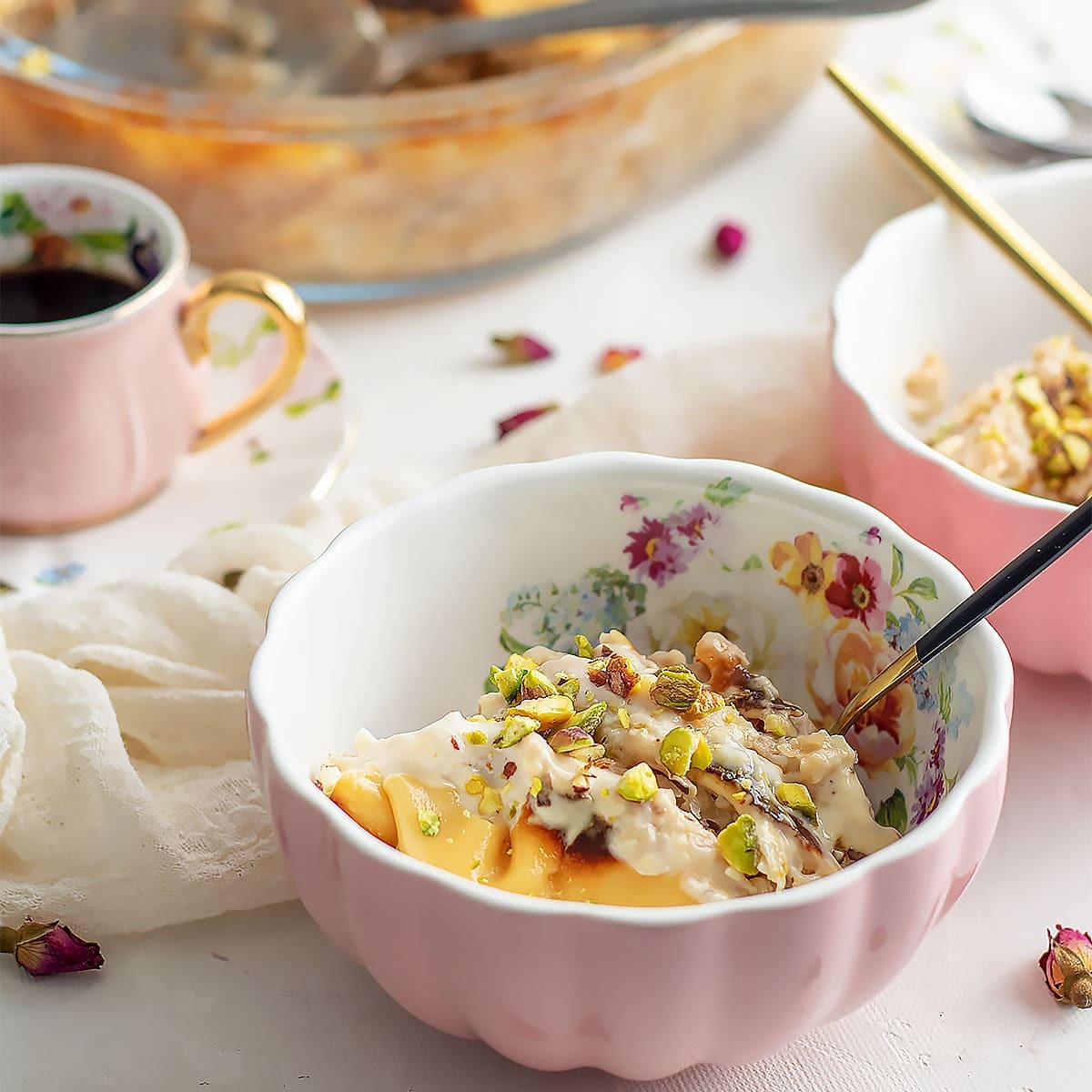 Umm Ali
Umm Ali
Umm Ali is a warm, comforting dessert similar to bread pudding. It’s made from layers of pastry or bread cooked with milk, sugar, and cream, then baked until soft and golden. The top is usually sprinkled with nuts like pistachios, almonds, or raisins. The dessert originated in Egypt and carries a rich, sweet flavor with a soft, creamy texture. It’s especially popular in winter or during celebrations, served straight from the oven. Umm Ali feels like a hug in dessert form — warm, cozy, and deeply satisfying.
Rice Pudding (Roz Bel Laban / Muhallabia)
Rice pudding is a classic dessert enjoyed in many parts of the Middle East. It’s creamy, smoothly cooked with milk and sugar, and often flavored with rose water, orange blossom, or vanilla. Once chilled or served warm, it’s topped with pistachios, almonds, or cinnamon for extra flavor. The Egyptian version, Roz Bel Laban, is thick and comforting, while Muhallabia, popular in Lebanon and Syria, is usually lighter and more fragrant. It’s a simple dessert, but when prepared with care, it becomes incredibly satisfying.
Date Sweets & Date Rolls
Dates have been part of Middle Eastern cuisine for centuries, and many desserts are built around them. Date rolls combine soft date paste with nuts and are shaped into small spirals or logs. Some are coated with coconut, sesame seeds, or crushed pistachios. These treats are naturally sweet, rich in flavor, and perfect with tea or coffee. Because dates are a staple throughout the region, these desserts carry a strong cultural connection, reminding many people of childhood snacks and festive gatherings.
Kunafa Nabulsieh
A regional variation of kanafeh, Kunafa Nabulsieh originates from the city of Nablus. It has a distinct texture created by using fine shredded dough and a stretchy, salty cheese that balances the sweetness of the syrup. The top layer becomes a vibrant orange color after baking, and it’s sliced fresh while still warm. The contrast of sweet, salty, crunchy, and soft makes Kunafa Nabulsieh a standout version of the classic dessert.
Zalabia / Luqaimat
Luqaimat (or Zalabia) are small, deep-fried dough balls coated in syrup or honey. They’re crisp on the outside, pillowy soft inside, and often sprinkled with sesame seeds or served with date syrup. These little bites are especially popular in the Gulf region and are often enjoyed during Ramadan. Their simplicity, warmth, and sweetness make them remarkably addictive.
Turkish Delight (Lokum)
Although often associated with Turkey, lokum is widely enjoyed across the Middle East. These soft, chewy sweets come in many flavors — rose, lemon, pomegranate, mint, and more. Some versions include pistachios, hazelnuts, or walnuts, adding crunch to the soft texture. Lokum has a unique, delicate sweetness that is not overly strong, and its floral or citrus notes make it light and refreshing.
Ashta Cream Desserts
Ashta is a thick, creamy dairy filling used in many Middle Eastern pastries. It has a silky, mild flavor and is often paired with rose water, honey, or nuts. Desserts like ashta-filled rolls, ashta nests, or halawet el-jibn rely on this creamy base. The combination of soft pastry and rich cream creates a balanced sweetness that feels smooth and luxurious.
Sahlab
Sahlab is a warm, thick drink often treated like a dessert. Made from milk thickened with orchid powder or cornstarch, it’s flavored with orange blossom and topped with cinnamon, pistachios, or coconut flakes. Served hot during winter, sahlab is comforting and creamy, with a gentle sweetness that makes it perfect for chilly evenings.
Borma (Pistachio Rolls)
Borma is a type of baklava made by wrapping thin layers of dough around whole pistachios, then frying or baking them before soaking in syrup. The texture is crisp on the outside with rich, crunchy nuts at the center. It’s less sweet than traditional baklava but has a deeper nutty flavor, making it a must-try for pistachio lovers.
Kunafa Bil Kishta
Another version of kunafa, this one is stuffed with kishta (a thick, creamy filling) instead of cheese. The dessert is soft, warm, and drenched in floral syrup, offering a smoother and sweeter taste. It melts easily and has become popular across Lebanon, Syria, Jordan, and the Gulf.
Halawet el-Jibn
Halawet el-Jibn is a cheese-based dessert where sweet dough made from semolina and cheese is rolled and filled with ashta cream, then topped with pistachios and rose syrup. The result is delicate, fragrant, and lightly sweet, with a soft texture that melts on the tongue.
Semolina Cookies (Ghraybeh)
Ghraybeh are buttery, melt-in-your-mouth cookies often flavored with cardamom, rose water, or vanilla. They have a sandy, soft texture and are usually topped with a single pistachio. These cookies are simple but incredibly satisfying, with a subtle sweetness that pairs perfectly with tea or coffee.
Mafroukeh
Mafroukeh is a Lebanese dessert made from semolina mixed with sugar, butter, and rose water, then topped generously with ashta cream and pistachios. It’s soft, fragrant, and visually beautiful — a dessert that feels both traditional and luxurious.
Aish El Saraya
Aish El Saraya is a rich, syrup-soaked bread pudding topped with thick ashta cream and crushed pistachios. It has a soft texture, and the combination of fragrant syrup and creamy topping creates a balanced sweetness. It’s popular in Lebanon, Syria, and Egypt, often served on special occasions.
Middle Eastern desserts are filled with depth, aroma, and comforting flavors. Whether crispy or creamy, nutty or floral, every sweet carries a piece of the region’s history and tradition. Trying these twenty desserts gives you a full taste of the Middle East’s warm, generous culinary culture, where sweetness is more than a flavor — it’s a symbol of hospitality, celebration, and shared joy.


